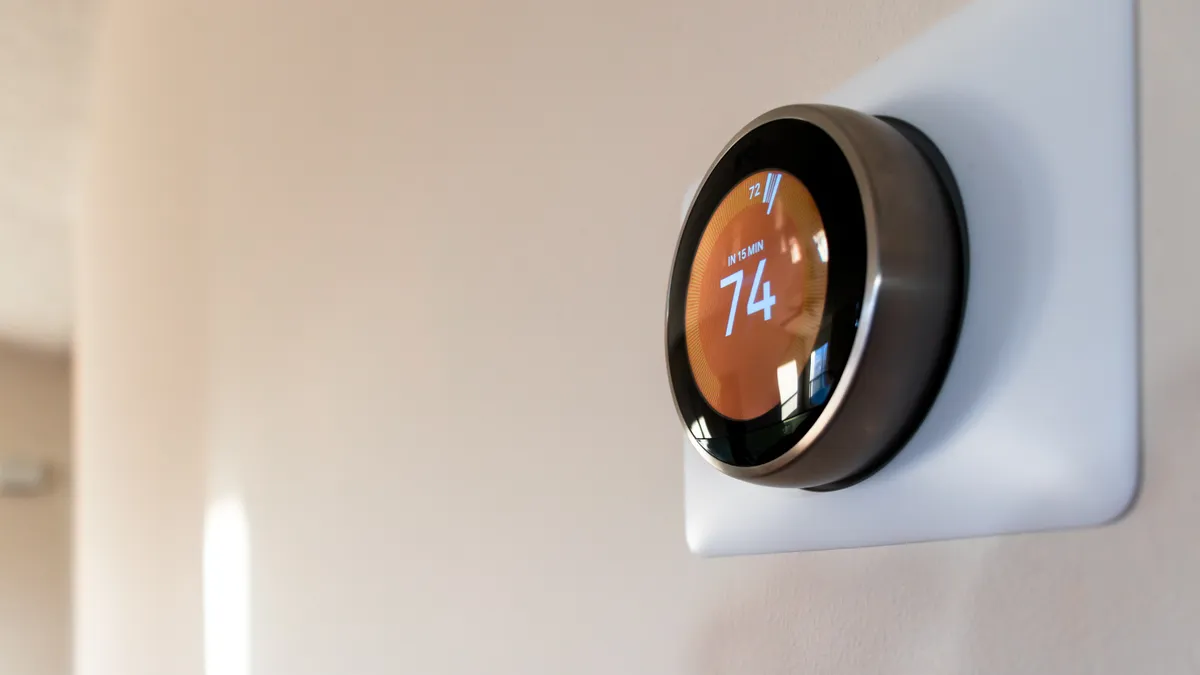As battery prices fall, energy storage is becoming economical in a growing number of markets. While customer-owned systems remain nascent, new research from the Department of Energy's Berkeley Lab indicates they may pencil out for a growing number of residential and commercial customers — depending on how retail electricity rates are designed.
The study, "Implications of Rate Design for the Customer-Economics of Behind-the-Meter Storage," considers load data collected by Enernoc from 100 commercial customers in 2012. Using five-minute interval load data, researchers tallied and compared utility bill savings from behind-the-meter (BTM) storage across a range of rate structures and multiple customer types. They examined savings from avoided or reduced demand charges, which is commonly considered to be storage's main value. Researchers also quantified the savings potential from energy price arbitrage — using storage to avoid consuming higher-priced energy.
The results included some surprises, which the report's authors say can help inform regulators when developing new rates for customers with batteries, as well as project developers looking to find ideal service territories and customers for new deployments.
Arbitrage value
"The main surprise here is that the value from arbitrage, depending on the exact conditions ... can be just as high or higher in some cases, than the value from [reducing] demand charges," one of the studies' authors, Naïm Darghouth, told Utility Dive. "Demand charges are traditionally seen as the main driver for storage, but our research shows it is not just about the demand charge — it's really important to consider the arbitrage value from time varying rates as well."
For a hypothetical two-hour storage system sized at 20% of the customer's peak load, Berkeley Lab's analysis showed demand charge savings can range from $8/kW to $143/kW of storage capacity annually. For energy arbitrage, savings can range from $4/kW to $112/kW.
"With longer duration storage, energy arbitrage savings can be (sometimes substantially) larger than demand charge savings," the report found. "Arbitrage savings roughly scale with storage duration, whereas there are diminishing returns to demand charge reductions with increasing storage duration."
The report estimates 80% of all demand charge rates fall between $2/kW and $15/kW, with an overall median of $7/kW.
"The details of the rate design can greatly impact the value of storage," Darghouth said. "Perhaps that's not that surprising in itself, but quantifying and seeing the enormous valuation difference between utilities really drives that home."
The importance of rate design
As utility regulators develop new rate structures, Darghouth said the team's analysis may take on greater weight.
"Bill savings from behind-the-meter storage are really closely linked to retail electric rate design," he said in a Sept. 5 webinar discussing the study results. "Because of its low penetration levels, rate design has more of an impact on the customer economics of storage than the other way around."
The shift from net metering to net billing, where electricity grid injections from customer-sited solar generation are compensated below the retail rate, will make energy storage more valuable, said Darghouth. As will the rise of time-of-use rates, critical peak pricing programs and any growth in residential demand charges.
"It's not just about the size of the demand charge: other rate design features are also key to understanding the customer-economics of BTM storage," the report concludes. And with longer duration storage, energy arbitrage savings can outstrip demand charge savings.
Berkeley Lab's analysis considered peak-period demand charge designs, demand charge averaging intervals, and time-of-use and critical peak pricing peak-to-off-peak energy price differentials, "all of which are significant to determining the customer bill savings from storage."
In the chart below, researchers showed the impact of demand charge design on bill savings from BTM storage on the shopping center with solar generation. While the demand charge rate is the "most-critical design feature" for demand charge savings, other mechanisms have a range of impacts.
The study showed peak period demand charges can increase the potential savings from demand charges. But there is a wide array of factors and rate mechanisms, from the frequency of measurement to ratchets that establish rolling demand charge minimums.
"Averaging intervals also have a distinct impact ...with greater demand charge savings the shorter the averaging interval," the report found. "Season rates and ratchets have little effect on bill savings."
"Arbitrage savings roughly scale with storage duration, whereas there are diminishing returns to demand charge reductions with increasing storage duration," the report found.
For utilities designing new rates, all of this must be balanced.
"Utilities will need to consider bill savings to make sure they align with changes to their own costs," said Darghouth. "They want to know, 'Are we providing the right price signals?'"
'Peaky loads' stand to benefit most
The Berkeley Labs report analyzed the electricity use of a manufacturing facility, shopping center, and a shopping center with distributed solar.
"Storage is most effective at reducing demand charges for customers with narrow peaky loads," the research showed. Practically, that means those loads can benefit from storage systems with shorter durations. For flatter load profiles, like the consistent demand of the manufacturing plant, "storage cannot sustain the required discharge to reduce peak demand."
Energy arbitrage savings "scale more-or-less linearly with storage duration," the report found, "while demand charge savings face diminishing returns to scale."
That finding will likely have implications down the line, as longer-duration storage becomes more economic. Battery prices have dropped rapidly in recent years, opening up a wider range of use cases.
Analysis in March by Bloomberg New Energy Finance (BNEF) found the cost of electricity from batteries has decreased by 76% since 2012, and the levelized cost of electricity for lithium-ion batteries has fallen 35% within the last year. And those price declines are showing up on the grid: The U.S. energy storage market in the first quarter of this year deployed 148.8 MW — a 232% increase from Q1 2018, according to Wood Mackenzie.
Behind-the-meter storage made up 46% of those first quarter deployments, representing a 138% jump from the same time last year.
As more storage comes online, it will become vital for utilities to understand rate design, said Darghouth.
"It's not just about the size of the demand charge, which has been the focus of previous research. There are other rate design features which are very important to understanding the economics of behind-the-meter storage for both residential and commercial customers," he said. "This is particularly important in this era of changing rate designs and PV compensation mechanisms."





















